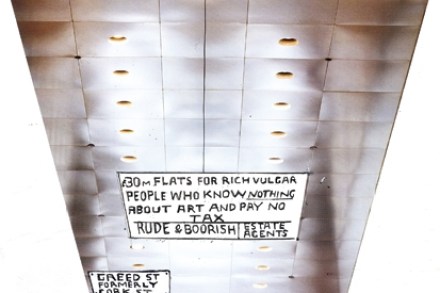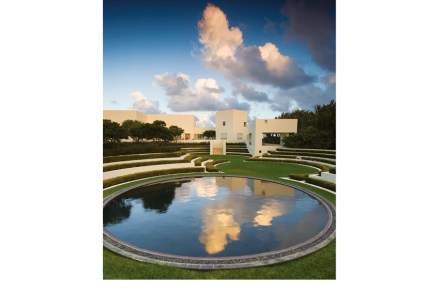Andrew Marr’s notebook: Rescued by Jonathan Ross
We live by simple stories. X has a stroke. X recovers; or doesn’t. But we live inside more complicated stories. Recovering from a stroke is a long haul; I still have an almost useless left arm and walk like a wildly intoxicated sailor. In my mid-fifties, my stroke has been a special excursion ticket into old age — socks and toenails a bewildering distance away, walking sticks with minds of their own — that kind of thing. But here’s the odd bit. This is an old age whose effects (if you do the physio) lessen as the months pass. I’m living backwards — what a rare privilege! I am getting









